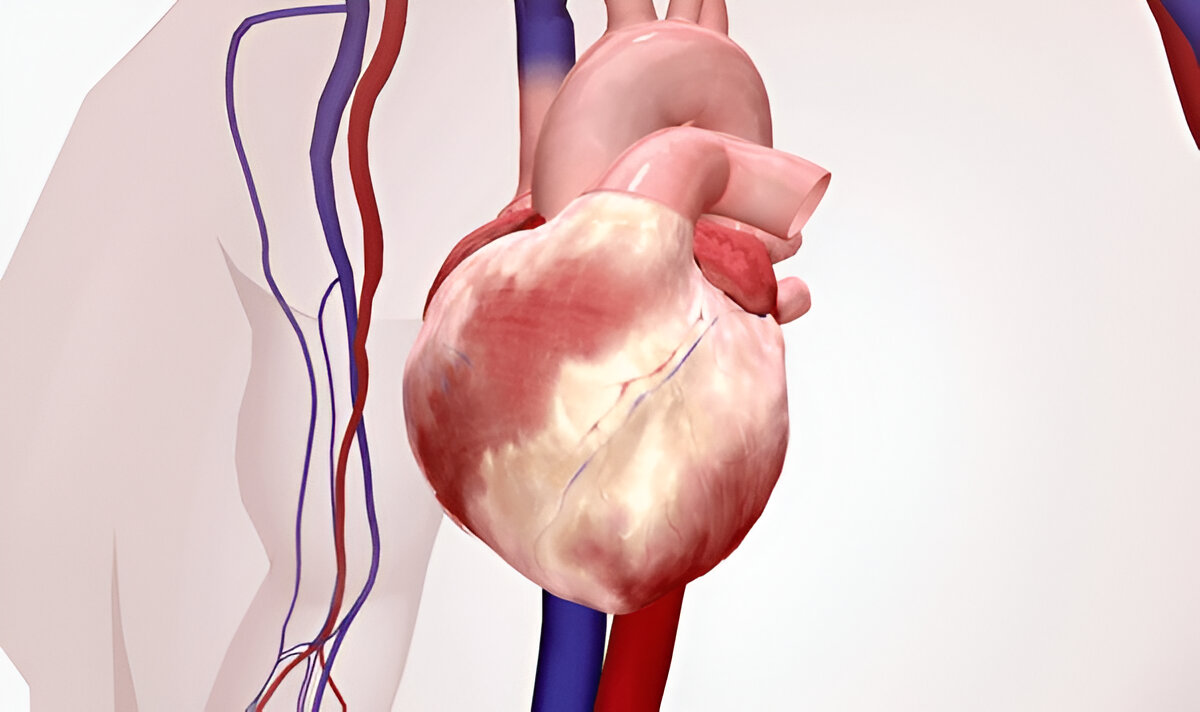Coronary Endarterectomy Procedure is a special cardiovascular procedure to eliminate significant blockages in the coronary arteries due to atherosclerosis (plaque accumulation). In contrast to traditional bypass surgery, which opens a new avenue that allows blood to circulate, coronary artery endarterectomy requires physically removing plaque from the coronary artery walls in order to restore normal blood flow via the artery that is native to. The procedure is usually done together with coronary bypass grafting (CABG) when blockages are too large or calcified enough to bypass on their own. It is particularly beneficial for those suffering from multiple coronary artery diseases in which multiple segments of the arteries are affected. While it is technically difficult the procedure is able to significantly improve the function of your heart, ease symptoms like chest pain and lower the chance of having heart attacks for properly selected patients. Recovery after surgery includes medications therapy, cardiac rehabilitation, as well as lifestyle changes. In general, coronary endarterectomy plays an important role in the complex heart disease treatment.
Why is Coronary Endarterectomy Done?
Understanding of what is coronary endarterectomy surgery
A coronary endarterectomy may be considered for patients who suffer from:
- Massive blockages within coronary vessels
- Diffuse coronary arterial disease
- Small blockages that make it difficult to do bypass surgery by yourself
- Arteries significantly affected by calcification or dilated due to the advanced atherosclerosis
It may improve blood flow, alleviate symptoms such as chest pain (angina), and lower the chance of heart attacks..
Causes of Coronary Artery Blockage
The most common reason for the procedure involves atherosclerosis and includes:
- Building up of deposits of fatty substances (plaque) in coronary arteries
- Smoking
- The levels of cholesterol are high.
- Hypertension
- Diabetes
- Lifestyle of asedentary
The causes of this can lead to the an increase in the size or hardening of arteries, which can limit coronary blood circulation.
Symptoms That May Lead to Coronary Endarterectomy
Patients who undergo this procedure usually suffer from:
- Persistent chest pain (angina)
- Breathlessness particularly during exercise
- Fatigue
- Lightheadedness or dizziness
- Heart attack or a history of myocardial infarction
Diagnosis Before the Procedure
Before recommending coronary endarterectomy doctors will evaluate the health of the heart through:
- Electrocardiogram (ECG)
- Test of stress
- Echocardiogram
- Cardiac catheterization or coronary angiography
- CT coronary angiogram
They help to determine the size and location of blockages.
The Coronary Endarterectomy Procedure
The procedure is typically done in conjunction with bypass surgery.:
- General anesthetic is given.
- The chest is opened by the sternotomy.
- The coronary artery that is blocked must be cautiously to be opened.
- The plaque and the diseased lining are eliminated.
- In some instances the the graft can be attached to re-establish blood flow.
- The chest and artery are sealed after ensuring steady circulation.
Risks & Complications
Like any major heart operation, there are risks that could arise:
- Heart attack after or during surgery
- Bleeding
- Arrhythmias (irregular heart rhythms)
- Infection
- Stroke
With proper post-operative treatment, these risks can be controlled efficiently.
Recovery After Coronary Endarterectomy
Recovery typically consists of:
- Hospitalization lasting 7 days
- Regular cardiac rehabilitation
- The medications include statins, blood thinners and beta-blockers
- Lifestyle adjustments: diet, exercise quit smoking cigarettes
- Check-ups with your cardiologist
The majority of patients resume regular activities within 6-8 weeks, under medical supervision.
Conclusion
What is Coronary Endarterectomy Surgery, coronary endarterectomy surgery is a specialized procedure aimed at treating severe coronary artery disease by removing hardened plaque from the arteries when standard bypass techniques aren’t enough. It is typically recommended for patients with diffuse or complex blockages, especially when conventional coronary artery bypass grafting (CABG) cannot fully restore blood flow. While the procedure is more intricate than traditional bypass surgery, it offers hope to individuals with limited options, improving blood circulation, reducing symptoms like chest pain, and enhancing heart function. Like any cardiac surgery, it carries some risks, but in well-selected patients, the benefits often outweigh the complications. With advances in surgical techniques and post-operative care, outcomes continue to improve. Early diagnosis, timely intervention, and ongoing heart health management are essential for long-term success. If you’re a candidate for this surgery, consult a cardiac surgeon to explore whether coronary endarterectomy is the right path to better cardiovascular health.






















